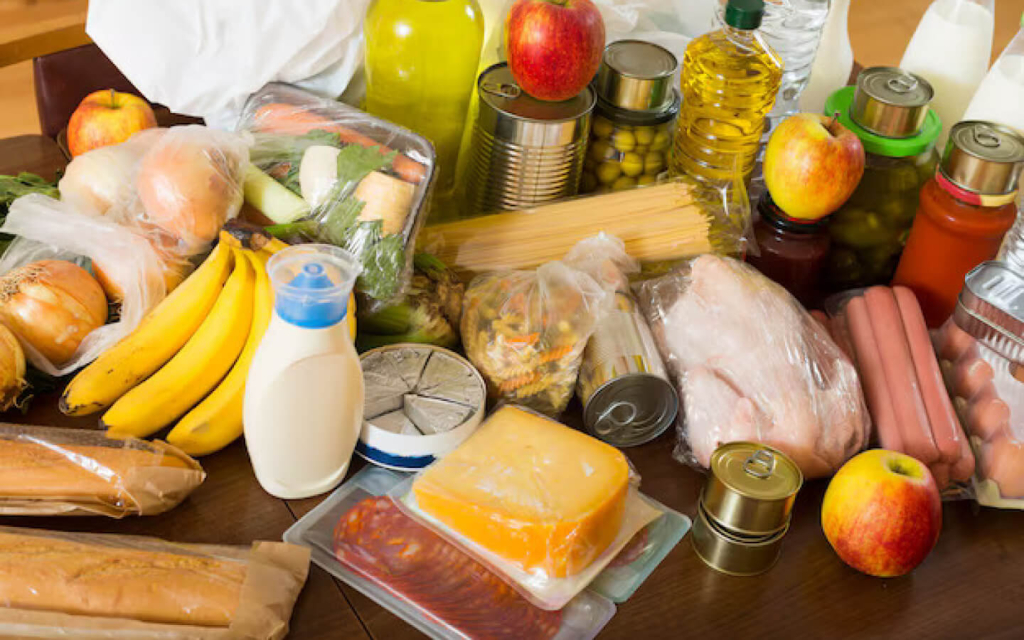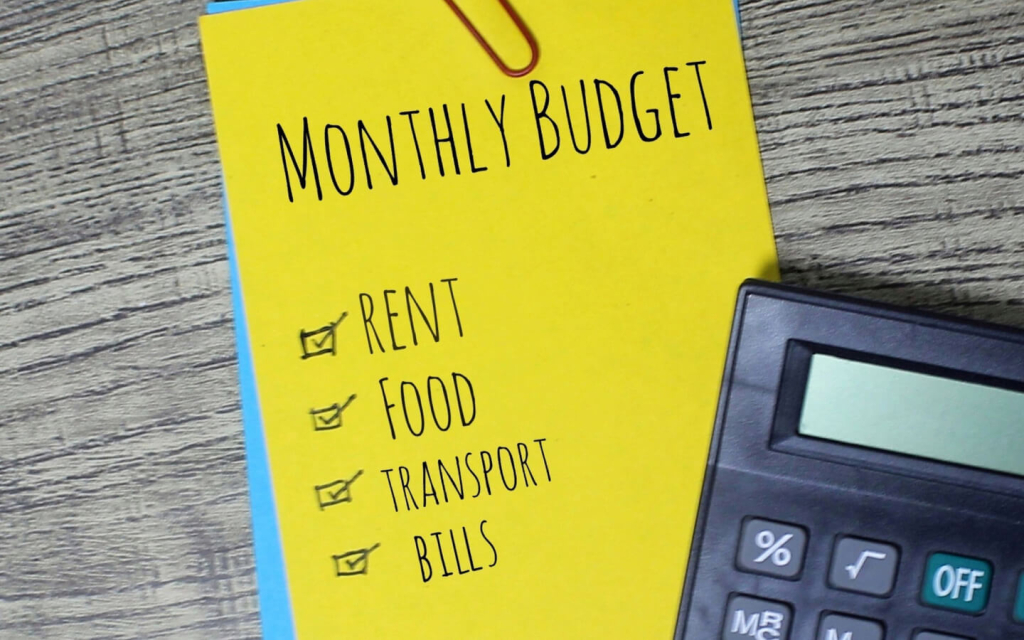
The cost of living in the Philippines has fluctuated over the years, with significant changes occurring as the global and local economies adapt to new trends, inflation, and policy shifts.
In 2024, Filipino citizens and many expats alike are navigating these changes, particularly in the country’s major cities. We’ve seen the Philippine Peso dip in terms of exchange rate value with other countries.
Understanding the cost of living is crucial, whether you’re planning to move to the Philippines, start a family, or simply manage your day-to-day budget more effectively.
Cost of Living Philippines 2024: Facts and Figures

The Philippines is a welcoming country. It’s a popular destination for many expats. Apart from those who call the Philippines their home country, there are also foreign nationals who have settled across the Philippines. As such, understanding the cost of living in the Philippines is essential for everyone residing in it.
The cost of living in the Philippines varies significantly between a major city and other cities. It’s undeniable that there are more expensive cities in metropolitan areas that tend to be more densely populated, such as Quezon City, Makati City, and Taguig City.
The National Capital Region has the highest cost of living in the country, followed by Cebu and Davao, with more affordable living options in provinces and smaller cities in rural Philippines.
1. Average Monthly Expenses
In 2024, the average monthly cost of living for a single person living in the Philippines is approximately PHP 25,000 to PHP 35,000 according to statistics on Numbeo. This includes essentials like monthly rent, food, transportation, and utilities, but can increase depending on lifestyle choices and location.
For example, those having to pay for a gym membership or club membership will significantly have a higher-than-average cost of living. For a family of four in the Philippines, the cost typically ranges from PHP 75,000 to PHP 100,000 per month.
2. Rent and Housing
Rent in the Philippines can vary greatly depending on the location. In Metro Manila’s city center, renting a studio apartment can cost an average of PHP 10,000 to PHP 20,000 while a one-bedroom apartment can cost around PHP 25,000 to PHP 35,000 per month.
Outside the city center, prices drop to an average of PHP 15,000 to PHP 20,000. Cities like Cebu and Davao offer more affordable housing options, with monthly rents for a one-bedroom apartment ranging from PHP 10,000 to PHP 20,000 on average in the city centre.
The cost of living and rent in the Philippines is influenced by several key factors, including the city, property size (a studio apartment will have the lowest cost while a large or medium apartment would earn the highest cost), and local demand.
In prime areas or major cities, rents tend to be higher due to proximity to amenities, business hubs, and transportation. The condition and features of the property, such as modern appliances or renovations, also play a role.
3. Food and Groceries

The cost of groceries in the Philippines is relatively affordable compared to other countries in Southeast Asia. A single person can expect to spend an average of PHP 8,000 to PHP 12,000 per month on groceries. Eating out at mid-range restaurants costs an average of PHP 300 to PHP 500 per meal. Local markets and fast food outlets offer cheaper alternatives, helping reduce food costs.
4. Transportation Costs
Public transportation in the Philippines remains the more affordable option, especially with jeepneys, buses, and train systems in larger cities.
Monthly transportation costs for a person relying on public transport in the Philippines can range from PHP 1,500 to PHP 2,500. In contrast, using ride-hailing services such as Grab can increase the cost of living, particularly in traffic-heavy areas.
5. Education
Tuition fees for international schools in the Philippines can range from PHP 200,000 to PHP 500,000 annually, taking up a significant part of the family budget. However, public schools offer free education, while private schools provide a middle ground with relatively low-cost tuition fees than international schools.
6. Utilities and Internet
Utilities, including electricity, water, and garbage disposal, cost around PHP 5,000 to PHP 8,000 monthly for an 85-square-meter apartment in the Philippines. Internet packages with speeds of around 100 Mbps are available at PHP 1,500 to PHP 2,500 per month, depending on the provider and location.
7. Healthcare
The Philippines offers free public healthcare to its citizens. However, expats and those seeking more comprehensive care often turn to private hospitals. Private healthcare can be costly, with consultations ranging from PHP 500 to PHP 2,000, depending on the doctor and the hospital. Health insurance is recommended to cover more significant medical expenses.
How Families Can Manage the Rising Cost of Living

As living costs rise in the Philippines, the average family is looking for ways to manage their expenses without sacrificing their quality of life.
Here’s your complete guide to navigating the rising cost of living in the Philippines:
1. Use Budgeting Apps
There are many free and paid budgeting apps that help track expenses. Since we’re trying to lower costs and maximize savings, we suggest making the most of free budget apps. These apps offer insights into where your money goes each month. Tracking expenses digitally also allows you to monitor your financial health in real time, making it easier to identify areas for improvement.
Additionally, you can use digital finance apps to pay bills and transfer money in the Philippines. Some apps like Maya incentivize the use of the apps by offering vouchers and food discounts for many establishments, from supermarket stalls to mid-range restaurant and cafes. When using these apps, however, make sure that your bank account is secure and you’re not divulging any sensitive data.
2. Consider Shared Transportation
Getting around is one of the more challenging parts of living in the Philippines. If possible, carpool with neighbors or colleagues to save money and be more environmentally friendly. Ride-sharing apps also offer discounts for shared rides. In places like Metro Manila and Cebu City, using public transport such as the MRT, buses, and jeepneys is the most cost-effective way to travel, helping you avoid rising fuel costs and parking fees.
3. Save on Electricity
Reducing electricity consumption can significantly lower your monthly bills. Simple steps like using energy-efficient appliances, unplugging devices when not in use, and switching to LED lights can save you money. Additionally, making the most of natural light during the day can reduce the need for artificial lighting, especially in the urban lifestyle and setting.
4. Plan for Education Early
For families with children, education can be one of the highest costs in the Philippines. The cost of private school tuition, school supplies, books, and uniforms can cost a lot.
Consider starting an education savings plan early to spread the cost of tuition fees over time. Look into scholarship opportunities or government programs that can help cover tuition fees for private (and even some international) schools or universities.
5. Maximize Free Healthcare
Public healthcare in the Philippines may not be as comprehensive as most Western countries, but the country’s public healthcare in the Philippines can cover many basic medical needs.
For example, you can take advantage of free consultations, treatments, and vaccinations available at public health centers around the country. For more specialized care, ensure that you have adequate health insurance to avoid paying large sums out-of-pocket.
6. Supplement Income with Gigs and Freelance Work
Gone are the days when only a digital nomad could earn online. With the growing gig economy, families can supplement their household income by taking on freelance work. Platforms like Upwork or Fiverr allow high-demand professionals to offer their services.
For instance, if you’re a graphic designer or software engineer, you’ll be able to find a way to earn extra money wherever you’re living in the Philippines—while managing other responsibilities.
Manage Your Cost of Living By Being Part of the Camella Community
The cost of living in the Philippines is rising steadily, but it doesn’t have to be so overwhelming. Together with Camella, you can still reach your money goals and continue improving your living index and standards.
Camella offers reasonably priced homes throughout the country in key locations. Every major city centre will have a Camella development, ensuring strategic and practical home locations. Camella is present in major urban centers like Quezon City, Manila City, Cebu City, and Davao City. On the other hand, Camella is also in smaller cities like Dumaguete City, Tagum City, and Laoag.
As the cost of living continues to rise in the Philippines, careful financial planning and a few lifestyle adjustments can help families better manage their expenses. By being mindful of monthly costs, taking advantage of free resources, and finding ways to supplement income, the everyday Filipino family can maintain financial health despite rising prices.
